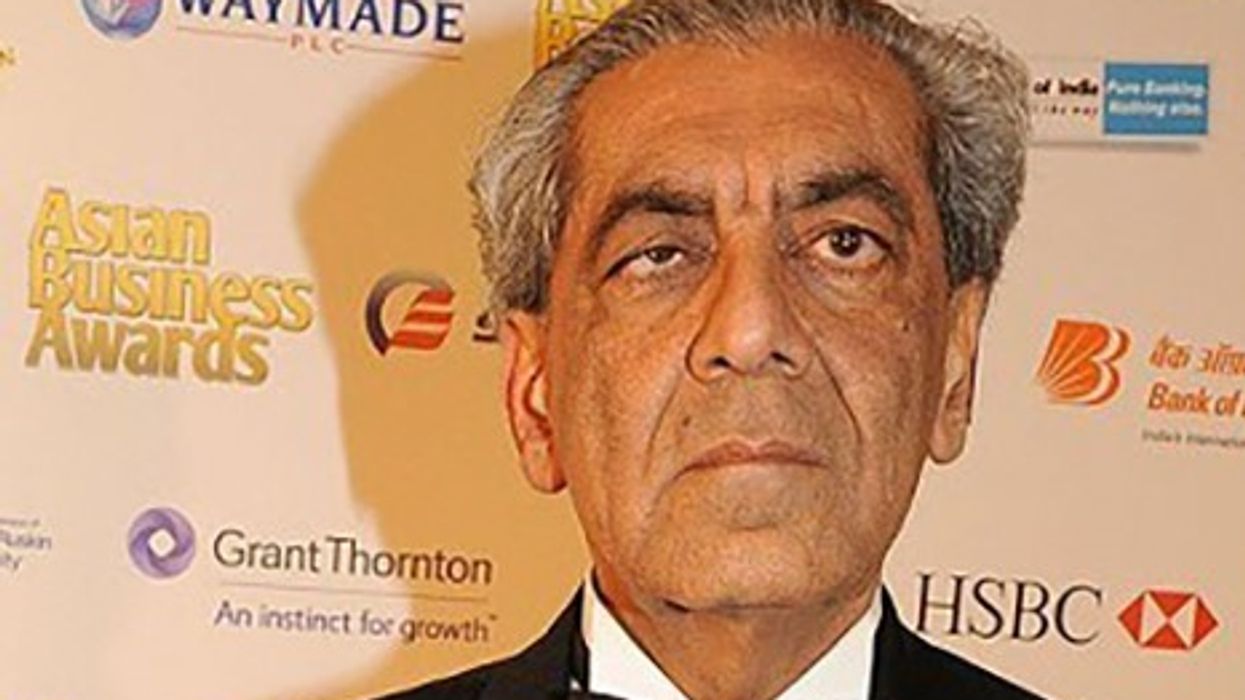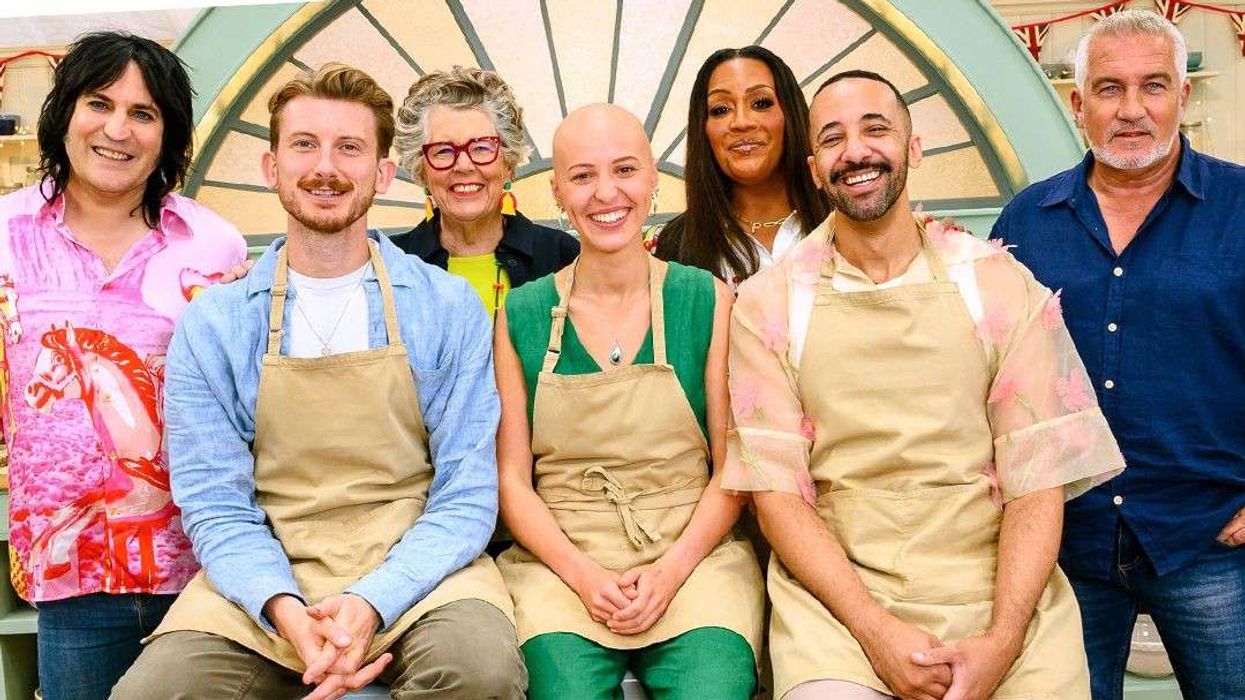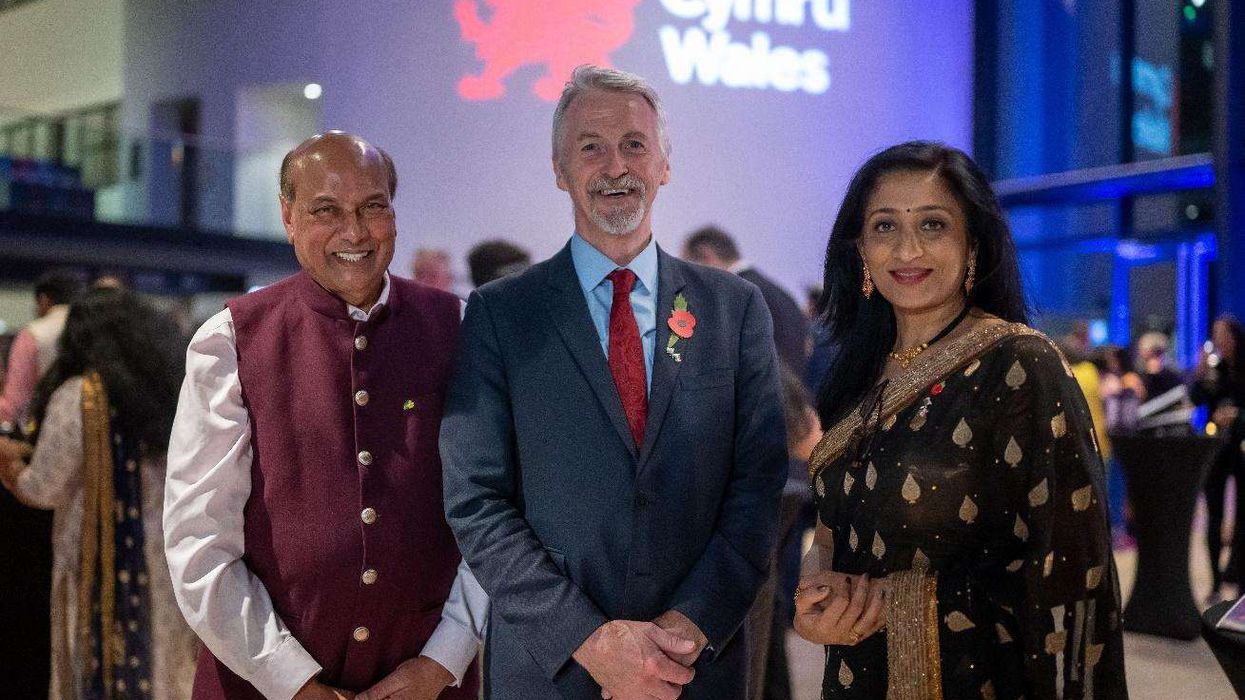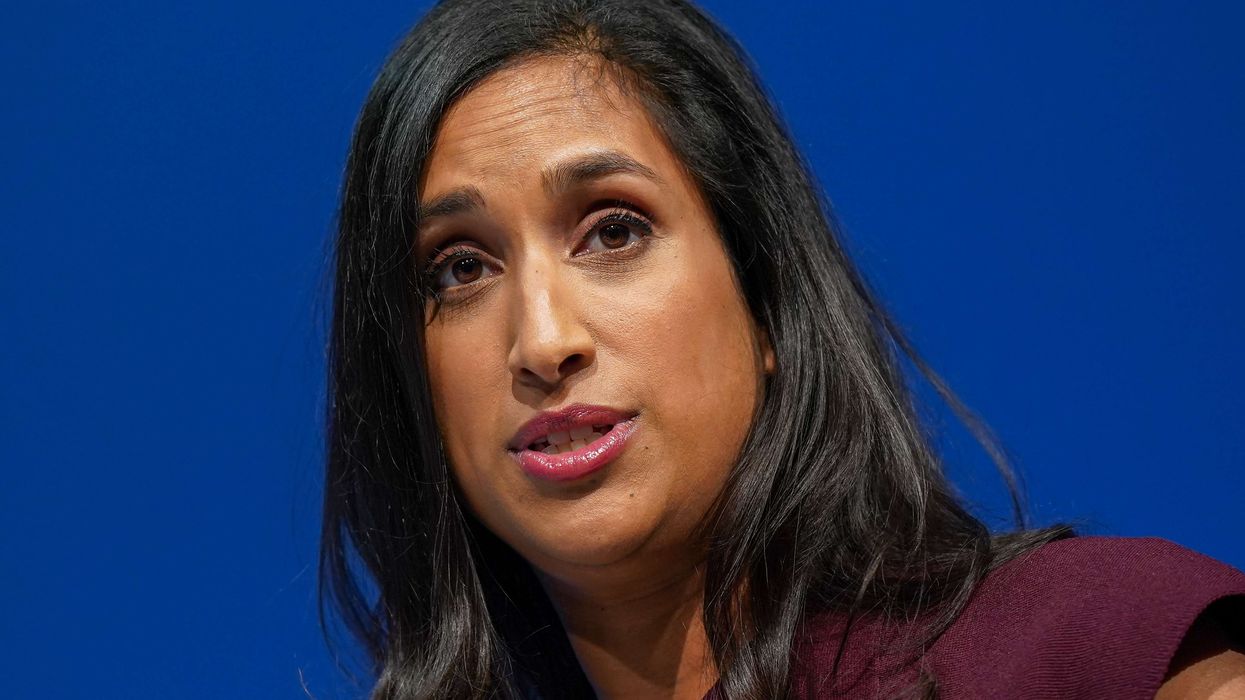THE constant in the career of Mumzy Stranger from the beginning has been that music is what matters most to him.
Through the highs and lows, the singer, songwriter and musician from London has put everything into making music he believes in. This has not only given him a unique identity, but shown off his range as an artist.
He has also nurtured new talent and made a name for himself as a world-class live performer.
Everything will be coming together at the high-profile Newham Under The Stars event at Central Park in East Ham on August 17, where Mumzy is one of the headline acts.
His will be part of an explosive musical set that will have talented artists including H-Dhami, Nish, Rupika and DJ Kye. This performance will be extra special for him because he has been brought up in the heart of Newham.
Eastern Eye caught up with Mumzy Stranger to talk music, the concert, future plans and more...
How do you look back on your time in music?
As a rule, I don’t like to look back and I focus on the next challenge that is ahead of me. But I can say it has been a massive journey for me. I’ve had a lot of ups and downs, but I don’t regret a single moment as it has made me the person I am and led me to where I am today.
What is the biggest lesson the music industry has taught you?
(Laughs) The music industry will teach you something every single day, whether it’s something new creatively or an important life lesson. But one thing that stands out is that nothing is promised and never take anything or anyone for granted. Another is that it’s the fans that matter most!
You have done a number of songs, but which is closest to your heart?
I think every song any artist releases will be close to their heart because they are putting a piece of themselves out to the world. I am no different! I won’t put out a song unless I truly believe in it. If I have to choose just one, it would have to be Fly With Me because I produced it all myself and it completely changed my life. It gave me the confidence to create more music I believe in.
Today, what is your biggest musical motivation?
The beauty of music is that it is an ocean of endless possibilities and there is always something new to explore. That desire to find something new will always push an artist forward. In that regard, right now I love world music and different languages.
What are you working on at the moment?
(Laughs) I am always working! I can’t remember the last time I had a proper holiday. Even when I am not supposed to be working, I will be playing around with different musical ideas in my head.
Currently I am working on different types of EPs and singles. There are ones for the UK mainstream and others for the international market. I am working on some huge collaborations and looking to nurture new talent. My latest release out now is called Lights Low, which I am immensely proud of.
Which of your unreleased songs are you most excited about?
I am excited about all the songs and can’t wait to share them. If I had to name some, they would be Dream Girl and Take Away My Breath.
You are working with a lot of new talent; who should we look out for?
I think we should all support upcoming talent because they will always bring something new to the music game and are the future. I am working with Nish, LYAN and Rupika, who are all great talents.
How much does live performance mean to you and what has been your most memorable?
Live is everything to me, Asjad! There is just a different kind of feeling being up on stage in front of an audience where you just feed off each other’s energy. Each live show has been memorable in its own way because I put everything into a performance. I remember I did an event called I LUV LIVE and really enjoyed it a lot.
How much are you looking forward to being one of the headline acts at Newham Under The Stars?
I’m really excited about this one because it is in my hometown and I love performing to my local crowd. Big respect to the new mayor Rokhsana Fiaz, who is working hard to bring communities together!
What can we expect from the performance?
There is a great line-up at this year’s event. For my set, my whole team is on board so it will be something to remember. I also have my brother H-Dhami performing with us, so it will be amazing. There will also be some surprises. We are all working really hard to prepare a performance everyone will remember and hope to see you all there at the free
event in Central Park in East Ham on August 17.
You are a Newham local, what do you like about the area?
It’s home for me at the end of the day! I love the food, energy and the fact there is a great multi-cultural mix of people living there.
What can we expect from Mumzy Stranger for the rest of the year?
You can expect a lot of new music and live performances. I am really excited about some of the collaborations I have on the way.
What is the biggest unfulfilled musical ambition left for you to achieve?
It would be to have my own record label and compound. I also want to create some kind of system where new talent can get help, advice, guidance and motivation. It is really difficult for newcomers and we should all help them if we can.
Do you have any ambitions away from music?
Those close to me will know just how much I love to cook. So I would love to have my own restaurant and hopefully it will happen one day.
What music is dominating your own personal play list at the moment?
When I am not listening back to unreleased songs to see how I can improve them, I love listening to French, Spanish and Arabic music.
If you could ask any living or dead artist a question, who would it be and what would you ask?
I would ask Usher, how do you keep up with dancing with such a busy artist schedule.
Why should we come to your Newham Under The Stars performance?
There will be a great summer party vibe at the free event. There is a great line-up of artists all there to entertain you. The show will be full of energy and talented artists will deliver an upbeat show you will remember for a long time. Come down and say hello. Everyone is welcome.
Finally, why do you love music?
I love music because it makes me really happy and I feel most connected to it. Music also enables me to find a way to reach people around the world. Music is love.
Under The stars: Artist lowdown
MUMZY STRANGER on the artists he will be performing with at Newham Under The Stars 2018:
NISH: He is a great performer full of energy and has brought a new sound to the world. You need to hear for yourself.
RUPIKA: The Swedish singer’s voice is like magic. I really appreciate her classical vocals mixed with urban. She is great live.
H DHAMI: For me, H is one of the most exciting performers that I have ever seen on stage. He never fails to please the crowd.
DJ KYE: He really is a brilliant DJ full of surprises with his set. You will be hearing a lot about him, trust me.
Mumzy Stranger will be performing alongside a whole host of artists at the free Newham Under The Stars event taking place at Central Park in East Ham on August 17. For further
information, visit www.newham.gov.uk and follow him on Twitter & Instagram:
@MumzyStranger




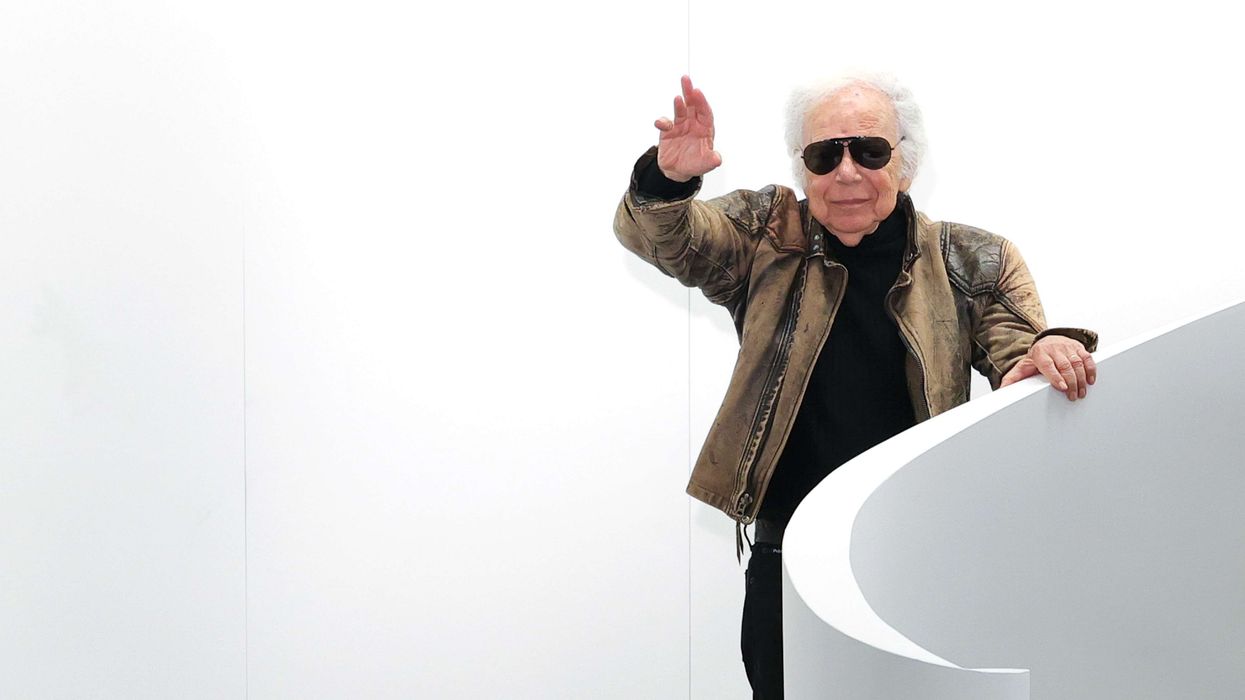
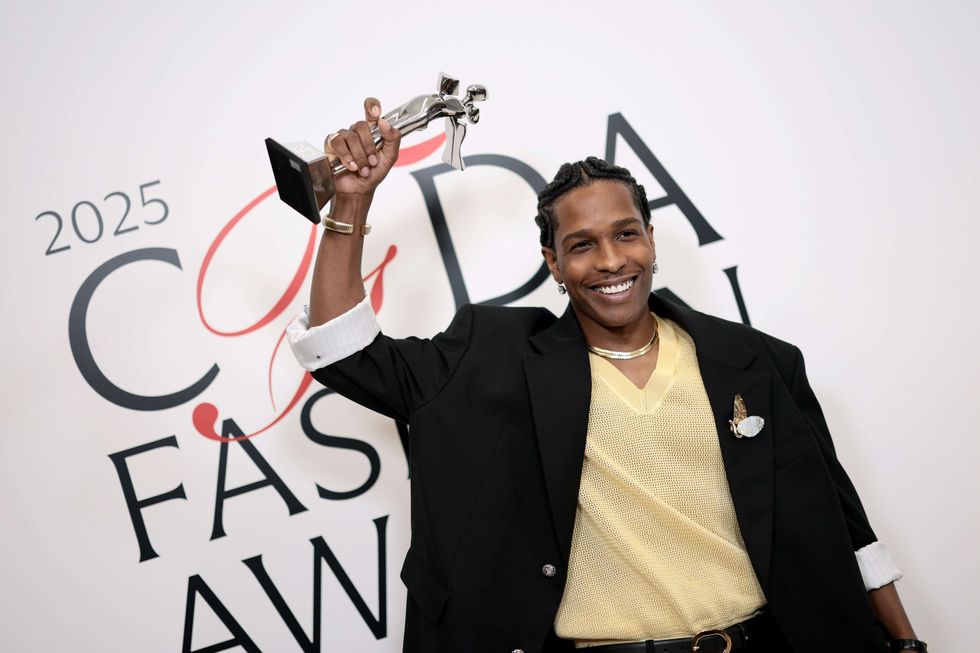 A$AP Rocky received the Fashion Icon AwardGetty Images
A$AP Rocky received the Fashion Icon AwardGetty Images Donatella Versace accepted the Positive Change AwardGetty Images
Donatella Versace accepted the Positive Change AwardGetty Images Maitreyi Ramakrishnan and Bach Mai attend the 2025 CFDA AwardsGetty Images
Maitreyi Ramakrishnan and Bach Mai attend the 2025 CFDA AwardsGetty Images